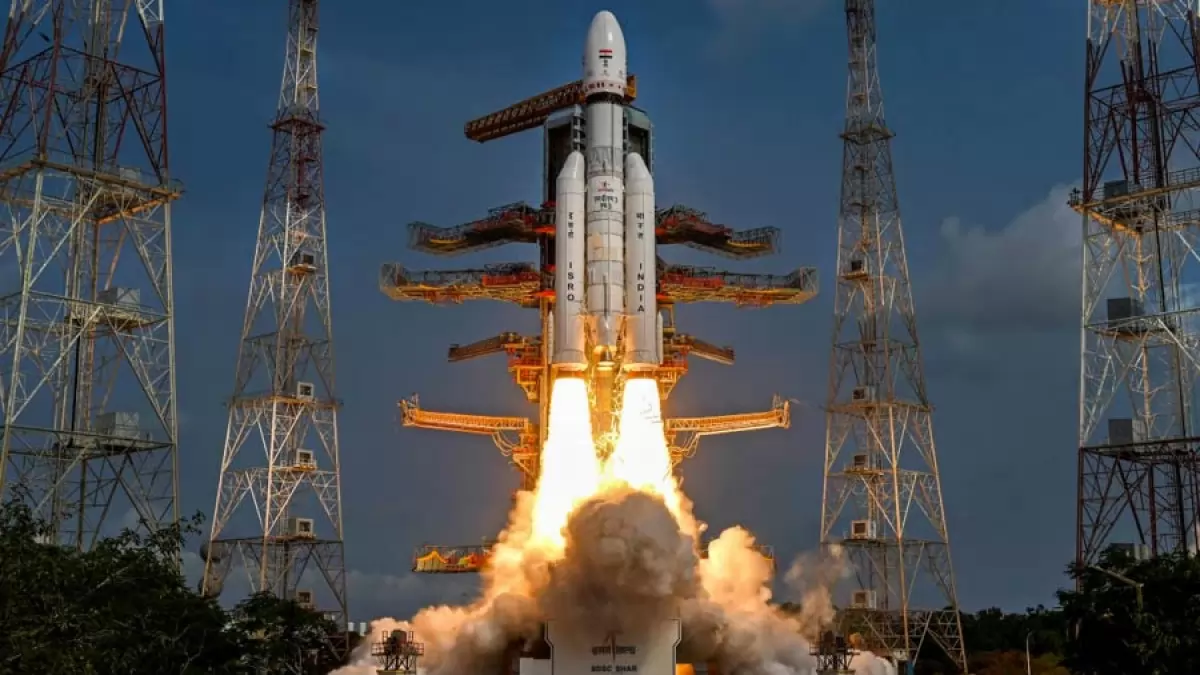
In the vast expanse of the cosmos, mankind has always been fascinated by the celestial bodies that grace the night sky. Earth’s closest neighbor, the Moon, has held a special allure for space explorers and scientists. India’s ambitious space agency, the Indian Space Research Organisation (ISRO), embarked on an extraordinary mission, Chandrayaan 3, to unlock the Moon’s enigmatic secrets.
On Friday at 2:35 p.m., India’s third lunar mission lifted off. The mission’s goal is to land softly on the lunar surface. And also use a rover to investigate it, something that its predecessor could not do.
India will follow China, Russia, and the United States as the fourth country to achieve a gentle landing. The post is still open following the failure of the spacecraft carrying the Japanese lander rover. And also the UAE rover in 2022, as well as the missions from Israel and India in 2019 that crashed-landed.
Scientists at the Indian Space Research Organisation (ISRO) have drawn lessons from the previous mission even though the mission’s goals have not changed. After a series of experiments to examine how it functions in many scenarios, including not being able to reach the landing site, having electronics or sensors fail, and having a higher velocity than necessary, among others, the lander’s design was modified.
Chandrayaan 3 launch date
India’s Chandrayaan-3 moon mission launched without issue from the Satish Dhawan Space Center’s second launch pad on July 14 at 2:35 p.m. using a Launch Vehicle Mark-3 (LVM-3) rocket. The lander and rover are planned to touchdown close to the lunar south pole on August 23, 2023.
Chandrayaan 3 UPSC
The Chandrayaan-3 project symbolizes India’s dedication to pushing through challenges and continuing its lunar exploration. While starting a new lunar trip, ISRO honors the pioneers of its space program by keeping the names Vikram and Pragyan.
Chandrayaan 3 mission
India’s third moon mission, Chandrayaan-3, is an upgrade of Chandrayaan-2 (2019), which had as its goal to place a rover on the lunar South Pole. The mission will consist of three main modules:
- Propulsion module – To show a Safe and Soft Landing on the Surface of the Moon
- Lander module – To showcase roving lunar rover technology
- Rover- To carry out in-situ scientific research.
Changes and Improvements in Chandrayaan-3
1. Application Of Comprehensive Payload
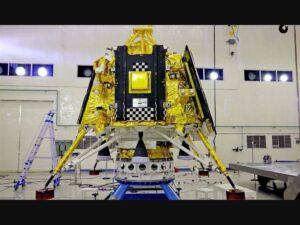
Chandrayaan-3’s lunar expedition stands in stark contrast to Chandrayaan-2’s comprehensive payload, as it will carry only a lander and a rover instead of an orbiter, Pragyan rover, and Vikram lander.
While the orbiter from Chandrayaan-2 will handle essential tasks like communication and terrain mapping, Chandrayaan-3’s propulsion module will contain just one instrument, the ‘Spectro-polarimetry of habitable planet Earth’ (SHAPE), unlike the nine in-situ instruments housed by Chandrayaan-2’s orbiter.
2. Lander & Rover Modified
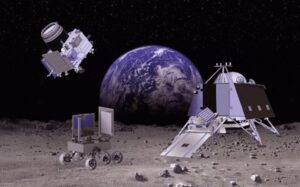
The “Lander danger identification and avoidance cameras ” in Chandrayaan-3 have a crucial role in facilitating communication between the orbiter, mission control, and the lander as it nears the lunar surface.
Chandrayaan-3 will have two of these cameras instead of one. Which is a huge upgrade over its predecessor. And also greatly increases its capability for safe navigation and exact landing on the moon.
3 GSLV -MKIII Rocket Used
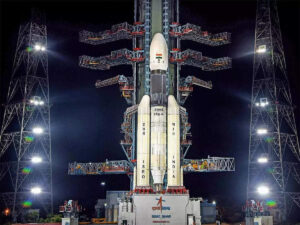
There are some changes between the two missions even though the mission design is the same in both. In a striking departure, the GSLV-MkIII rocket bears a distinctive payload that sets the two missions apart significantly.
Chandrayaan-2 had three things (lander, rover, and orbiter) working together. While Chandrayaan-3 will only have two things (a lander and a rover), showing how they are taking different paths.
According to reports, Chandrayaan-3 would employ the Orbiter that was launched with Chandrayaan-2 and is currently circling the Moon to fulfill, its communication and terrain imaging needs. ISRO’s Space Missions will bring pride to India in the upcoming years.
Additionally, Vikram has had extra fuel installed, which will improve its ability to travel or handle dispersion. Moreover, a new sensor has been included. Si
4. Vikram Lander Used

Chandrayaan-3’s Vikram lander will boast more durable legs compared to its predecessor. Ensuring improved landing stability and reliability. Moreover, the landing velocity has been fine-tuned to a reduced speed of 2 m/s. Making the descent even safer and increasing the chances of a successful landing on the lunar surface.
The ISRO director had already discussed the specifics of what went wrong with the Vikram lander of Chandrayaan-2. Which hurtled towards the designated landing location on the lunar surface that measured 500 m by 500 m. Also while the engines intended to slow it down developed more thrust than anticipated.
5. ISRO Director’s New Strategy
According to the ISRO director, the Vikram lander now includes extra solar panels on various surfaces. This also helps to make sure it can produce power regardless of how it lands. Engineers flew the spacecraft over various terrains to test its tolerance to vibrations. And also they utilized cranes to test the landing operations.
6. Total Nine In-situ Instruments Used
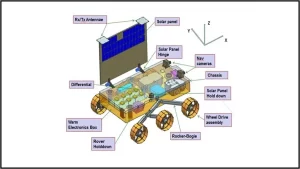
An astounding total of nine in-situ instruments that are currently in use on the Moon’s orbit were aboard the Chandrayaan-2 Orbiter when it was launched.
Differing from its predecessor, Chandrayaan-3’s propulsion module will solely house the Spectro-Polarimetry of the Habitable Planetary Earth (SHAPE) instrument.
Its primary purpose will be to analyze the spectral and polarimetric measurements of Earth from the lunar orbit.
India’s Beginning Of The New Space Era
The Chandrayaan 3 spacecraft will launch a rover and lander on board. No orbiters like Chandrayaan 2 will be present. India is analyzing parts of the Moon’s surface that have not seen sunlight in a billion years. According to astronomers and scientists, these shadowed areas of the lunar surface might be home to ice and valuable mineral resources.
This exploration will also try to look into the exosphere and the subsurface in addition to its surface-focused approach. The rover of this project will communicate with Earth using an orbiter from Chandrayaan 2. It will require pictures to look at the surface from 100 kilometers from the lunar orbit.





